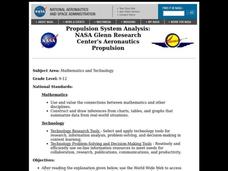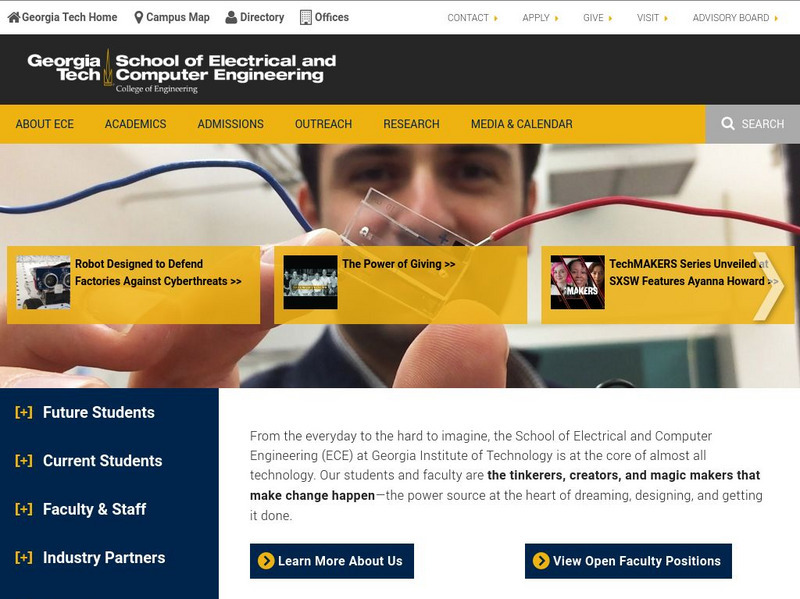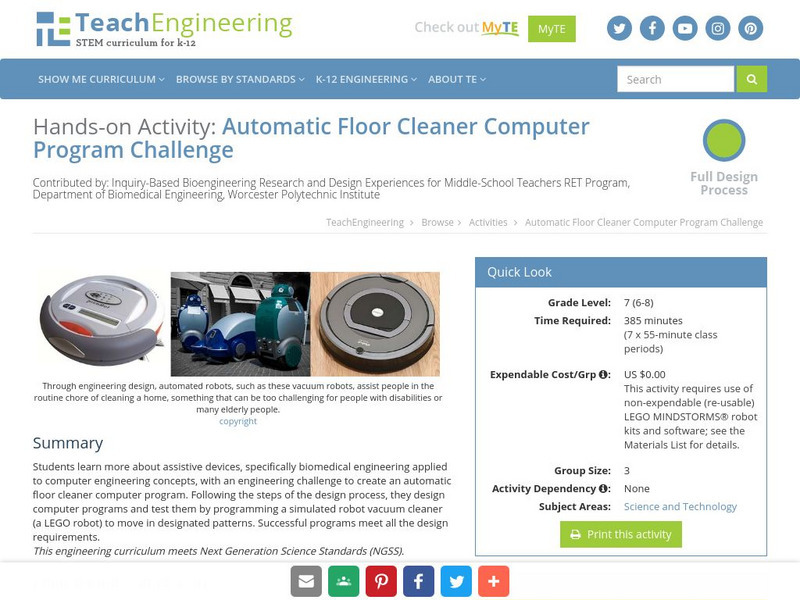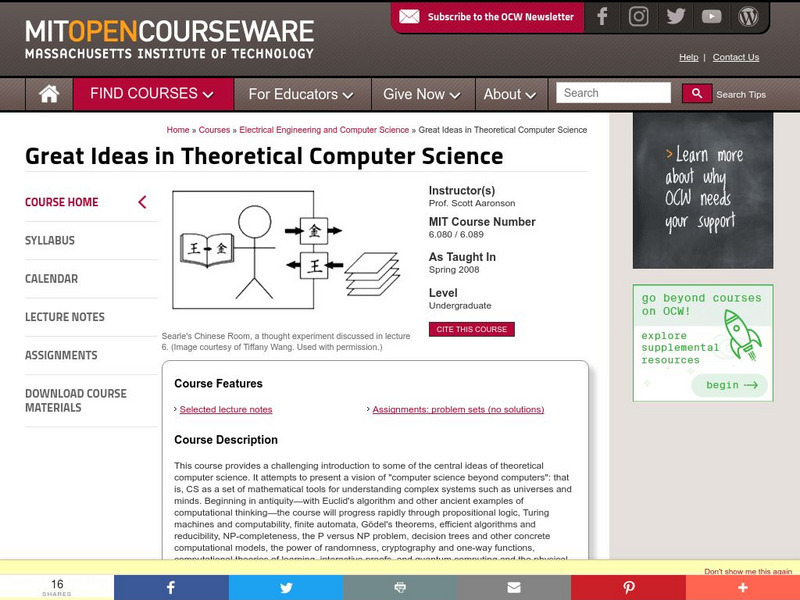Curated OER
Presidential Election 2004: Analyzing the Attack Ads
Pupils view and text the text of presidential election advertisements in 2004. Using the ads, they analyze them and check the validity of the statements made. They answer discuss questions for each ad and share them with the class.
Curated OER
Musical Plates
Sixth graders engage in a study of the plates and how they are part of the formation of the ever changing landscape of planet earth. They access web sites that have applications for observation and conducting different activities. The...
Curated OER
Language Arts: A Hoe-Down Wedding Invitation
Students write wedding invitations for the fairy tale, Bubba, the Cowboy Prince. Once they assess the components of the original Cinderella story, they compare and contrast it with the fractured fairy tale. Students decorate their...
National First Ladies' Library
The State Of The States
Students engage in a study of the states as part of the United States while conducting research using a variety of resources. The focus of the study is the states that were part of the Union by 1890. Students create an almanac about...
Curated OER
Reading, Writing, and Rhyming
Students listen to four different nursery rhymes and list characteristics that are common among nursery rhymes. They access the Internet to find ten nursery rhymes and record the web address. They choose a nursery rhyme and re-tell it...
Curated OER
How to Choose Articles
In this language arts worksheet, students read detailed information that helps students choose correct articles in their writing. Students learn about nouns that refer to one unique thing, countable nouns, uncountable nouns, proper nouns...
Curated OER
Force and Motion
In this force and motion worksheet, students read six paragraphs with numbered sentences about force and the laws of motion and answer one question.
Curated OER
Show Me the Money!!!
Students research employment rates in the United States with a focus on broadcast journalists. In this employment rate instructional activity, students visit the given websites to explore popular states to live in, highest and lowest...
Curated OER
Microsoft Publisher Webpage
Students format their narrative writing assignment by creating a Microsoft Publisher Webpage. In this narrative writing instructional activity, students visit the given websites to find a graphic for each page of their webpage that...
Curated OER
Robot Turning Lab
Students design a robot that can turn 90 degrees. In this robotics lesson, students explain the applications of their invention. They present their design in class.
Curated OER
Plate Tectonics
Pupils simulate the three types of plate boundaries using robots. In this earth science instructional activity, students explain how earthquakes and volcanoes are formed. They collect real-world earthquake data and plot them on the map.
Curated OER
Aeronautics Propulsion
Students use the World Wide Web to access additional information needed to complete the activities on the forces on an airplane, the function of the stabilizer, and the calculation of Mach speed, temperature, pressure, and thrust.
Curated OER
History of a Cookie
Learners examine tree rings and then research an event for each growth ring. In this history lesson students design a timeline and research topics using books and the Internet.
Curated OER
Beginning Analogies
In this analogies worksheet, students read the pairs of words and choose the answer that best expresses a relationship similar to the original pair. Students complete 12 examples.
Curated OER
New Breed of Robots Takes War To the Next Level
Students study an article and answer questions. In this exploring robots lesson students read an article on military robots and answer questions.
Curated OER
"Buff at 50
Students study airforce aircraft. In this investigative lesson students discuss an article they read and divide into groups and design three different combat or peacekeeping situations.
Other
Georgia Tech School of Electrical and Computer Engineering
Homepage of the Georgia Tech School of Electrical and Computer Engineering. This site contains information about ongoing research, academics, facilities, faculty, etc. at the university.
TeachEngineering
Teach Engineering: Engineering and the Periodic Table
Students learn about the periodic table and how pervasive the elements are in our daily lives. After reviewing the table organization and facts about the first 20 elements, they play an element identification game. They also learn that...
TeachEngineering
Teach Engineering: Teaching the Engineering Design Process
Students follow the steps of the engineering design process (EDP) while learning about assistive devices and biomedical engineering. They first go through a design-build-test activity to learn the steps of the cyclical engineering design...
US Department of Labor
Bureau of Labor Statistics: Network and Computer Systems Administrator
This resource provides information about careers for computer systems analysts, computer engineers, and computer scientists. Includes information about the nature of the work, working conditions, employment, training, job outlook,...
TeachEngineering
Teach Engineering: Automatic Floor Cleaner Computer Program Challenge
Students learn more about assistive devices, specifically biomedical engineering applied to computer engineering concepts, with an engineering challenge to create an automatic floor cleaner computer program. Following the steps of the...
Massachusetts Institute of Technology
Mit: Open Course Ware: Great Ideas in Theoretical Computer Science
A complete course on theoretical Computer Science presented at the college undergraduate level. The course attempts to describe Computer Science beyond the computer, focusing on mathematical tools, complex systems and classic problems,...
TryEngineering
Try Engineering: Radio Reception and Transmission
Teams of learners learn about the engineering design process as they design, build, and test a radio receiver and optional transmitter that can receive FM broadcasts. Lesson focuses on how advances in radio communications have impacted...
Computer History Museum
Computer History Museum: The Babbage Engine
Charles Babbage (1791-1871) was a computer pioneer who designed the first automatic computing engine. Trace the history of the many computers he designed and how they worked. View a video [1:39] of Difference Engine No.2, in operation.























